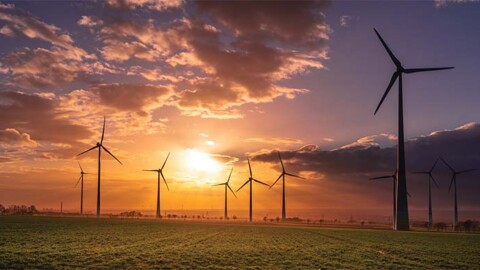A new report has highlighted record-breaking trends in Australia’s renewable energy growth and carbon offsets in 2021.
The Clean Energy Regulator’s Quarterly December 2021 Carbon Market Report (QCMR) shows, on average, almost one-third of all electricity generated in the National Electricity Market in 2021 came from renewable energy sources, double what it was in 2017.
This comes off the back of a fifth consecutive year of record-breaking rooftop solar PV installations with 3.2GW of capacity installed in 2021 – five times the installed capacity in 2017.
Investment in large wind and solar power stations also trended up for the second year in a row to 2.9GW.
Federal Minister for Industry, Energy and Emissions Reduction, Angus Taylor, said Australia continues to lead the world in rooftop solar uptake with one in three Australian households (excluding high density apartments) having a PV system.
“Australia now has more solar generation capacity per person than any country in the world, and more wind and solar than any country outside of Europe,” Mr Taylor said.
“Last year saw another record for the Emissions Reduction Fund (ERF), with 17 million Australian Carbon Credit Units (ACCUs) issued, representing 17 million tonnes of carbon emissions stored or avoided.
“New project registrations reached a high of 198 in 2021, and seven new methods were made in 2021, increasing the future supply of ACCUs.”
Businesses, households and governments are voluntarily acting to reduce their emissions. A record 5.8 million Large-scale Generation Certificates (LGCs) and 950,000 ACCUs were cancelled to prove use of renewable energy and reduce other net emissions.
This represents direct emissions reduction in Australia, and leads to more ERF projects being registered and new renewable energy power stations being built.
The Clean Energy Regulator conservatively estimates that the units and certificates issued in Australia’s carbon markets reduced emissions by the equivalent of 58 million tonnes in 2021, 9.1 per cent more than in 2020.














